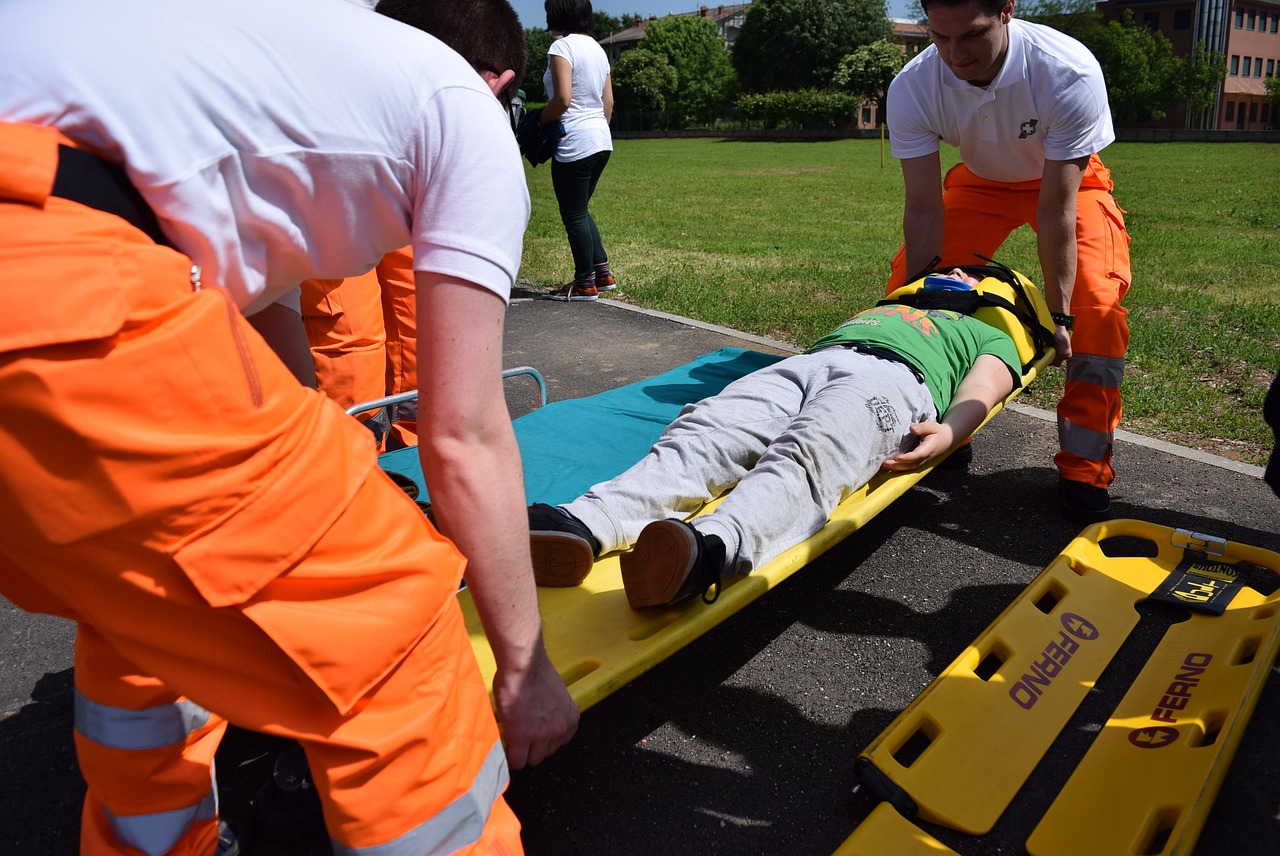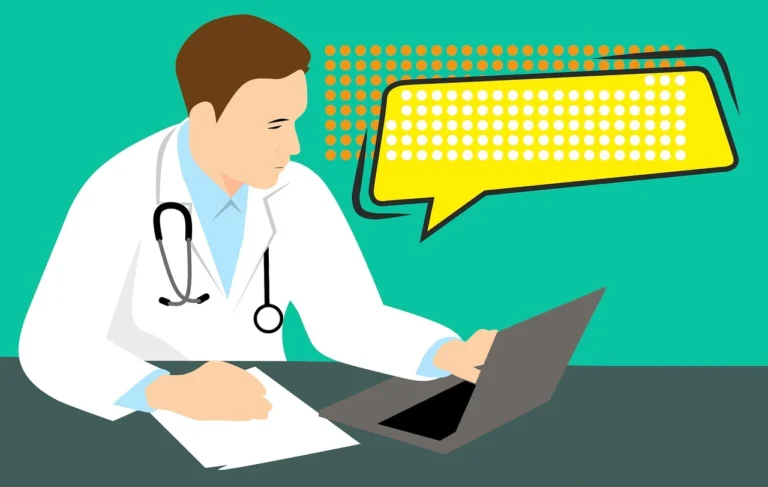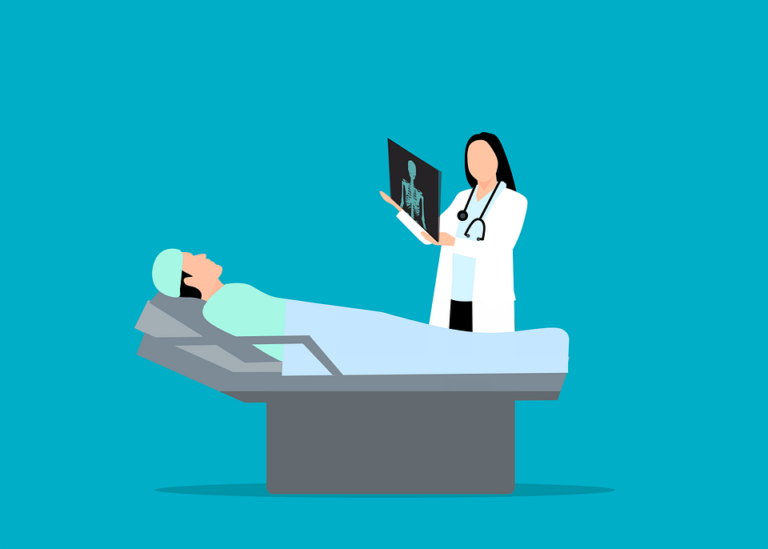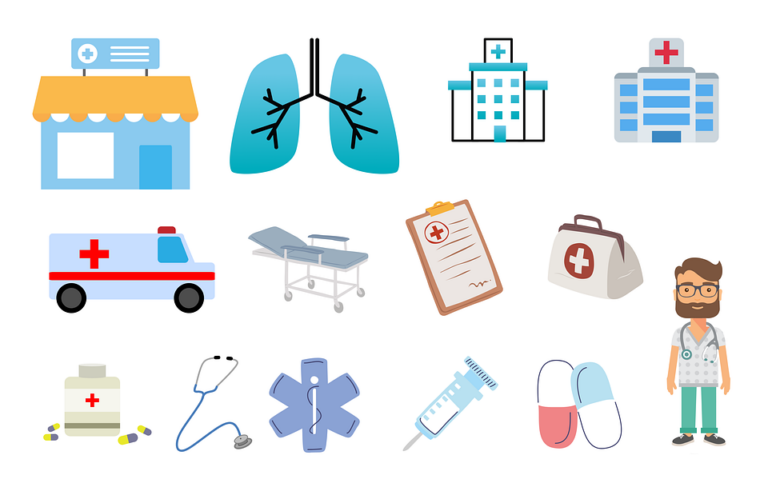Book Appointment Now

The Role of Nurses in Disaster Response and Preparedness
The Role of Nurses in Disaster Response and Preparedness is an essential aspect of managing public health emergencies, whether during pandemics or natural disasters. Nurses are often on the frontlines, providing crucial care, offering psychological support, and helping to stabilize healthcare systems that may be overwhelmed during crises. Their unique skill set, which includes clinical expertise, empathy, and adaptability, positions them as key contributors to disaster response and recovery efforts. This essay explores the various ways in which nurses impact disaster preparedness, response, and recovery, highlighting their critical role in mitigating the effects of crises and supporting affected populations.
Our nursing experts can deliver 100% custom paper about the role of nurses in disaster preparedness according to your requirements.
Write my nursing essay
Nurses’ Roles in Disaster Preparedness
Disaster preparedness involves planning and equipping communities to handle the challenges posed by potential crises. Nurses contribute significantly to preparedness efforts by providing education, training, and direct planning initiatives. According to the World Health Organization (WHO), nurses play an essential role in preparing both healthcare systems and communities for disasters by educating the public on health risks and safety measures (WHO, 2020). Nurses are often involved in developing protocols, training healthcare workers, and ensuring that healthcare facilities are equipped to handle emergencies. Their contributions are vital in minimizing the impact of disasters, as well-prepared healthcare systems are crucial for effective response.
Furthermore, nurses are active participants in risk assessment and mitigation. For instance, in the case of natural disasters like hurricanes or earthquakes, nurses work closely with disaster management teams to identify vulnerable populations, including the elderly, pregnant women, and children, who are more likely to suffer severe consequences. By assessing the healthcare needs of these groups, nurses help tailor response plans to provide optimal care (Hick et al., 2004).
Nurses in Pandemic Response
The COVID-19 pandemic highlighted the pivotal role nurses play in managing public health crises. Nurses have been at the forefront of response efforts, offering clinical care, managing infection control, and supporting mental health initiatives (American Nurses Association [ANA], 2020). Their roles during pandemics are multifaceted, and their contributions go beyond providing direct patient care. Nurses are integral in triaging patients, managing resources, and ensuring continuity of care in overwhelmed healthcare systems.
During pandemics, the importance of infection control and prevention becomes paramount. Nurses are responsible for implementing hygiene and infection control measures, including the use of personal protective equipment (PPE), sanitization protocols, and isolation procedures to prevent the spread of the disease. A study by Kalpana et al. (2020) emphasized that the role of nurses in ensuring strict adherence to infection control protocols is essential in preventing healthcare-associated infections and protecting both patients and healthcare workers. Additionally, nurses play a vital role in managing patient flow in hospitals, ensuring that resources such as ICU beds, ventilators, and medications are allocated efficiently.
In the event of a pandemic, nurses often face high levels of stress due to the heavy patient load and the emotional toll of witnessing widespread illness and death. In such cases, nurses provide psychological support not only to patients but also to their colleagues and families (ANA, 2020). The emotional resilience of nurses is tested during pandemics, as they work under extreme pressure and limited resources. Their ability to adapt and maintain a compassionate approach is critical in promoting public health and supporting individuals through difficult times.
Nurses in Natural Disasters
Natural disasters, such as earthquakes, floods, and hurricanes, create an urgent need for emergency healthcare and disaster relief. Nurses are often the first responders in these situations, providing immediate care to those injured or displaced. According to a study by Riehm et al. (2020), nurses are critical in managing trauma cases, treating injuries, and providing first aid in the aftermath of natural disasters. They are often part of the triage teams that prioritize patients based on the severity of their injuries, ensuring that those who require immediate attention are treated first.
Beyond immediate care, nurses also play a key role in long-term recovery efforts after natural disasters. They are involved in providing ongoing medical care, managing the spread of communicable diseases, and helping communities rebuild. For instance, during the aftermath of Hurricane Katrina, nurses were involved in providing care to displaced individuals, preventing outbreaks of diseases, and offering psychological support to those affected by the disaster (Zhaoyan et al., 2017). Their ability to work in challenging environments with limited resources is crucial in these recovery phases.
Moreover, nurses contribute to public health education during natural disasters. They disseminate information on how to prevent diseases that are common in the wake of such events, including waterborne diseases and respiratory infections. In post-disaster environments, proper sanitation and hygiene become even more critical to preventing the spread of illness, and nurses are key in educating the public on these measures (Riehm et al., 2020).
Challenges Faced by Nurses During Public Health Emergencies
While nurses make invaluable contributions during disasters, their work is not without challenges. One of the primary issues faced by nurses during public health emergencies is the strain on healthcare resources. During pandemics and natural disasters, healthcare facilities often become overwhelmed with patients, and resources such as medical supplies, medications, and staffing become scarce. Nurses, in this context, are forced to make difficult decisions about patient care, often working long hours with little rest (Hick et al., 2004). The psychological toll of these decisions, coupled with the physical demands of working in high-stress environments, can lead to burnout and mental health issues among nurses.
Another challenge is the lack of proper training and preparedness for disaster situations. Despite their critical role in disaster response, many nurses receive insufficient training in disaster management and emergency care. According to a report by the International Council of Nurses (ICN, 2020), there is a need for more structured and comprehensive training programs to equip nurses with the necessary skills and knowledge to handle disasters effectively. Without this training, nurses may feel ill-prepared to deal with the complexity of disaster scenarios, potentially impacting the quality of care provided.
Furthermore, nurses working in disaster zones often face physical and logistical challenges. In the aftermath of a natural disaster, healthcare infrastructure may be damaged or destroyed, making it difficult to deliver care. Nurses may need to work in makeshift clinics or mobile units, with limited access to essential medical equipment and supplies (Riehm et al., 2020). In these situations, the adaptability and resourcefulness of nurses become key factors in ensuring the continuation of care.
Conclusion
The Role of Nurses in Disaster Response and Preparedness is indispensable in ensuring effective crisis management. Nurses not only provide direct patient care but also contribute to the broader efforts of disaster planning, risk assessment, and post-crisis recovery. Their resilience, clinical skills, and compassion are vital in alleviating the suffering of those affected by disasters, while their involvement in public health education and infection control helps to prevent further harm. Despite the challenges they face, nurses remain an unwavering force in the healthcare system, underscoring the need for better training, resources, and support to maximize their impact during emergencies.
References
American Nurses Association (ANA). (2020). The role of nurses in the COVID-19 pandemic. ANA. https://www.nursingworld.org
Hick, J. L., Barbisch, D., & Kelen, G. D. (2004). Disaster preparedness: A review of the role of healthcare professionals. American Journal of Disaster Management, 2(3), 215-223.
International Council of Nurses (ICN). (2020). Nurses and disaster preparedness: An overview. ICN. https://www.icn.ch
Kalpana, S., Munir, A., & Michael, A. (2020). Infection control and nurses during the COVID-19 pandemic. Journal of Infection Control, 32(2), 123-130.
Riehm, K., Reiss, T., & Tofangchi, A. (2020). The role of nurses in disaster recovery. Journal of Disaster Management, 19(1), 34-41.
World Health Organization (WHO). (2020). Disaster preparedness and nursing role. WHO. https://www.who.int
Zhaoyan, W., Min, Z., & Sensen, H. (2017). Nurses’ roles in post-disaster recovery: A case study of Hurricane Katrina. Public Health Nursing, 34(4), 349-357




